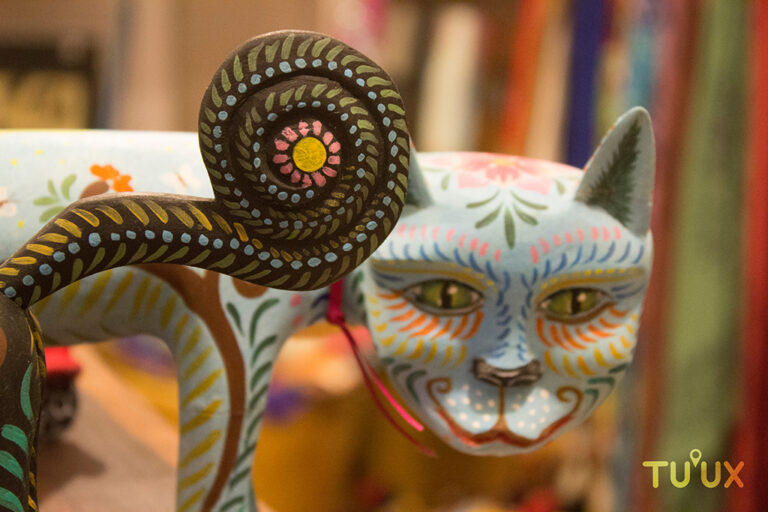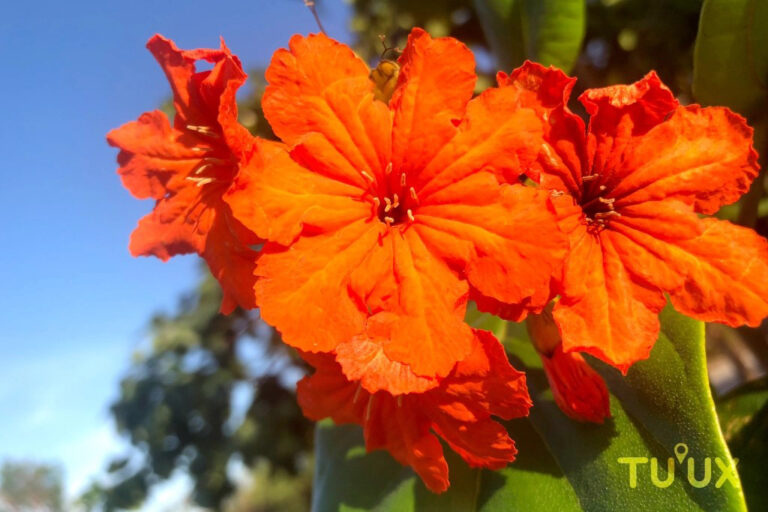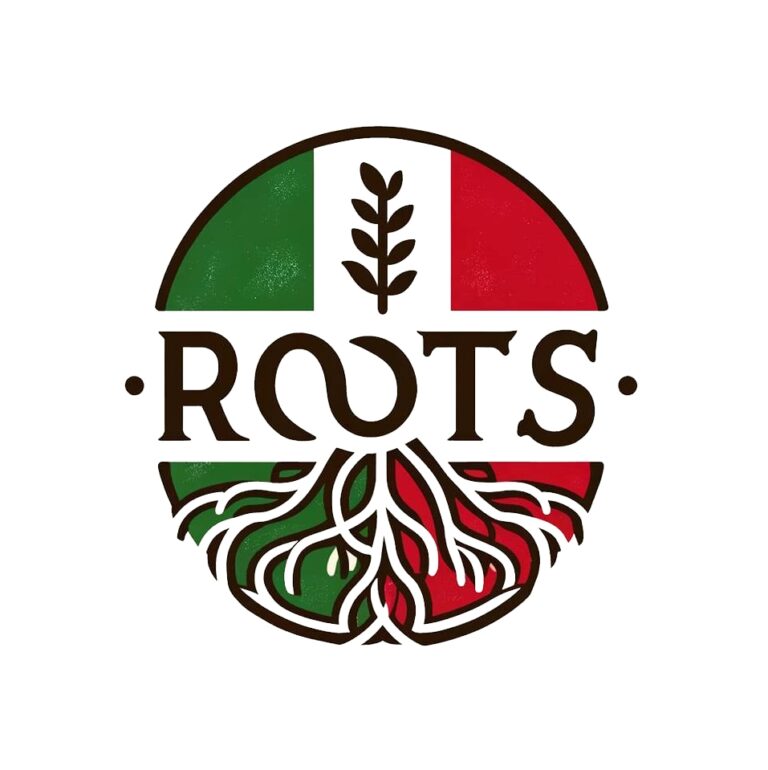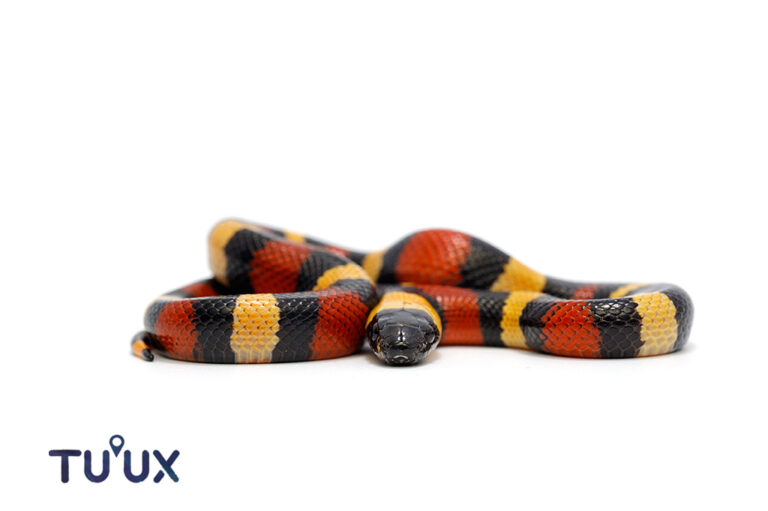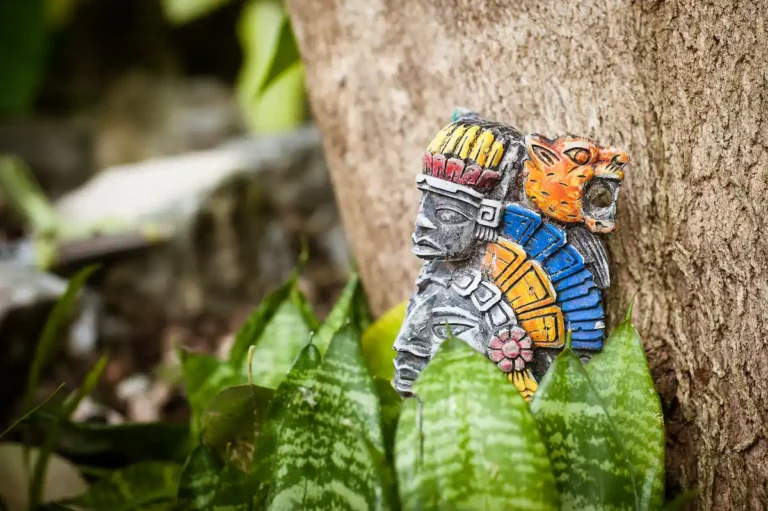LA CHAYA
🌿 La Chaya: Superalimento Ancestral y Aliada Sostenible de Mesoamérica
En las cálidas tierras del sureste mexicano y Centroamérica, una planta de vibrante color verde se alza como símbolo de sabiduría ancestral, salud y resiliencia: la chaya (Cnidoscolus chayamansa). Conocida popularmente como “espinaca maya”, esta especie originaria de Mesoamérica ha sido cultivada y apreciada durante siglos por sus propiedades nutritivas, su resistencia climática y su rol en la cocina tradicional.
🌱 Características Botánicas y Adaptabilidad
La chaya es un arbusto de hojas grandes y profundamente lobuladas, de un verde intenso que destaca entre la vegetación tropical. Aunque toda la planta posee compuestos beneficiosos, las hojas tiernas son las más valoradas en la alimentación humana.
⚠️ Importante: Las hojas deben hervirse o cocinarse correctamente, ya que contienen glucósidos cianogénicos, sustancias que pueden liberar cianuro, el cual es eliminado eficazmente mediante la cocción.
Su capacidad de adaptarse a suelos pobres, ya sean arenosos o arcillosos, y su tolerancia a climas cálidos y húmedos hacen de la chaya una planta ideal para la agricultura familiar y comunitaria. Además, resiste sequías y necesita pocos cuidados, convirtiéndola en una opción estratégica frente al cambio climático.
🍃 Un Superalimento con Grandes Beneficios
Clasificada como un superalimento, la chaya ofrece múltiples beneficios para la salud:
- Alta en proteínas: Ideal para la formación y reparación muscular.
- Rica en vitaminas A y C: Fortalece el sistema inmunológico, la visión y combate el envejecimiento prematuro.
- Fuente de hierro y calcio: Favorece la formación ósea y previene anemias.
- Cargada de antioxidantes y fibra: Mejora la digestión y ayuda a prevenir enfermedades crónicas.
Por estas razones, la chaya es un recurso clave para la seguridad alimentaria, especialmente en comunidades rurales que buscan opciones nutritivas, accesibles y económicas.
🍲 Tradición en la Mesa: Usos Culinarios
Desde tiempos prehispánicos, la chaya ha estado presente en la gastronomía del sur de México y Centroamérica, protagonizando una gran variedad de recetas tradicionales:
- Sopas y caldos: Hojas cocidas que aportan sabor y valor nutricional a caldos de mariscos, pollo o maíz.
- Tamales y guisos: Se mezcla con achiote, especias y carnes, dando origen a platillos intensamente sabrosos.
- Agua fresca de chaya: Bebida típica hecha con hojas cocidas, jugo de limón y miel o panela. Refrescante y revitalizante.
- Masa enriquecida: Agregar chaya molida a tortillas y empanadas eleva su perfil nutricional, fusionando tradición y salud.
Estas preparaciones no solo alimentan el cuerpo, sino que preservan una herencia culinaria milenaria, transmitida de generación en generación.
🌎 Importancia Ecológica y Agricultura Sostenible
Más allá de sus virtudes alimenticias, la chaya es una planta estratégica para la sustentabilidad ecológica:
- Prevención de erosión: Su sistema radicular ayuda a estabilizar suelos frágiles o degradados.
- Bajo consumo hídrico: Perfecta para sistemas agrícolas resilientes frente a la escasez de agua.
- Promoción de biodiversidad: Sus hojas y flores atraen polinizadores como abejas y mariposas, apoyando el equilibrio ecológico local.
Incorporarla en los huertos familiares o comunitarios no solo mejora la alimentación, sino que también fortalece los ecosistemas rurales y la soberanía alimentaria.
🧭 Conclusión: Un Legado Verde que Debemos Cuidar
La chaya es mucho más que una planta nutritiva: representa el conocimiento de los pueblos originarios, el respeto por la tierra y el equilibrio entre cultura y naturaleza. En comunidades como Mahahual, su cultivo y uso cotidiano es una acción concreta para conservar tradiciones, promover la salud y responder con inteligencia a los retos del futuro.
🌿 Proteger la chaya es proteger nuestras raíces. Hoy más que nunca, este tesoro verde merece ser sembrado, valorado y compartido.


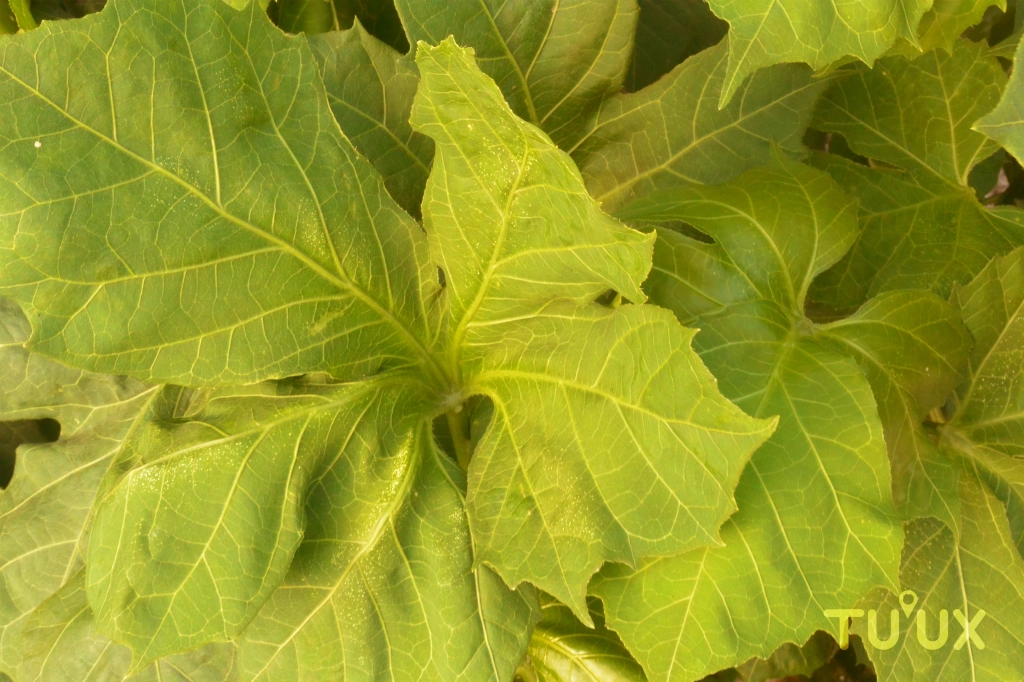
🌿 Chaya: An Ancestral Superfood and Sustainable Ally of Mesoamerica
In the warm lands of southeastern Mexico and Central America, a plant with vibrant green leaves stands as a symbol of ancestral wisdom, health, and resilience: chaya (Cnidoscolus chayamansa). Commonly known as the “Mayan spinach,” this native Mesoamerican species has been cultivated and cherished for centuries thanks to its exceptional nutritional properties, climate resistance, and central role in traditional cuisine.
🌱 Botanical Characteristics and Adaptability
Chaya is a leafy shrub with large, deeply lobed leaves in a rich, vibrant green. While the entire plant contains beneficial compounds, young leaves are most commonly consumed.
⚠️ Important: The leaves must be boiled or properly cooked, as they contain cyanogenic glycosides—compounds that release cyanide, which is effectively neutralized through cooking.
Its ability to thrive in poor soils—whether sandy or clay—and its tolerance for hot, humid climates make it ideal for home and community farming. Chaya is also drought-resistant and low-maintenance, making it a strategic crop in the face of climate change.
🍃 A Superfood Packed with Benefits
Chaya is classified as a superfood due to its wide range of health benefits:
- High in protein: Great for muscle growth, tissue repair, and overall health.
- Rich in vitamins A and C: Boosts immune system, improves vision, and helps prevent premature aging.
- Source of iron and calcium: Strengthens bones and helps prevent anemia.
- Loaded with antioxidants and fiber: Supports digestion, reduces inflammation, and helps prevent chronic diseases.
For many families, chaya is an affordable, accessible, and highly nutritious daily food staple that contributes to better health and quality of life.
🍲 A Culinary Tradition: Uses in the Kitchen
Since pre-Hispanic times, chaya has been a staple in southern Mexican and Central American kitchens, enriching a wide variety of traditional dishes:
- Soups and broths: Cooked leaves add depth of flavor and essential nutrients to dishes like chicken, seafood, or corn stews.
- Tamales and stews: Combined with achiote, spices, or meats, chaya adds unique flavor and texture.
- Chaya agua fresca: A refreshing traditional drink made with cooked leaves, lime juice, and honey or raw cane sugar.
- Enhanced doughs: Ground chaya can be added to tortilla and empanada doughs, increasing their nutritional value and offering a healthy twist to traditional recipes.
These culinary uses reflect a deep ancestral knowledge that continues to enrich modern Mesoamerican gastronomy.
🌎 Ecological Importance and Sustainable Agriculture
Beyond its nutritional value, chaya is a key plant in sustainable farming systems, for several reasons:
- Prevents erosion: Its strong root system helps stabilize degraded or sandy soils.
- Water-efficient: With low water requirements, it’s ideal for climate-resilient agriculture.
- Supports biodiversity: Its leaves and flowers provide food and shelter for pollinators and other beneficial species, fostering local ecosystems.
Promoting chaya cultivation contributes to food security, ecological balance, and community resilience.
🧭 Conclusion: A Living Legacy We Must Protect
Chaya is far more than a nutritious plant—it represents indigenous knowledge, respect for the land, and harmony between culture and nature. In communities like Mahahual, growing and using chaya daily is a powerful way to preserve culinary traditions, improve public health, and live in balance with the environment.
🌿 To protect chaya is to protect our roots. Now more than ever, this green treasure deserves to be cultivated, celebrated, and passed down to future generations.

